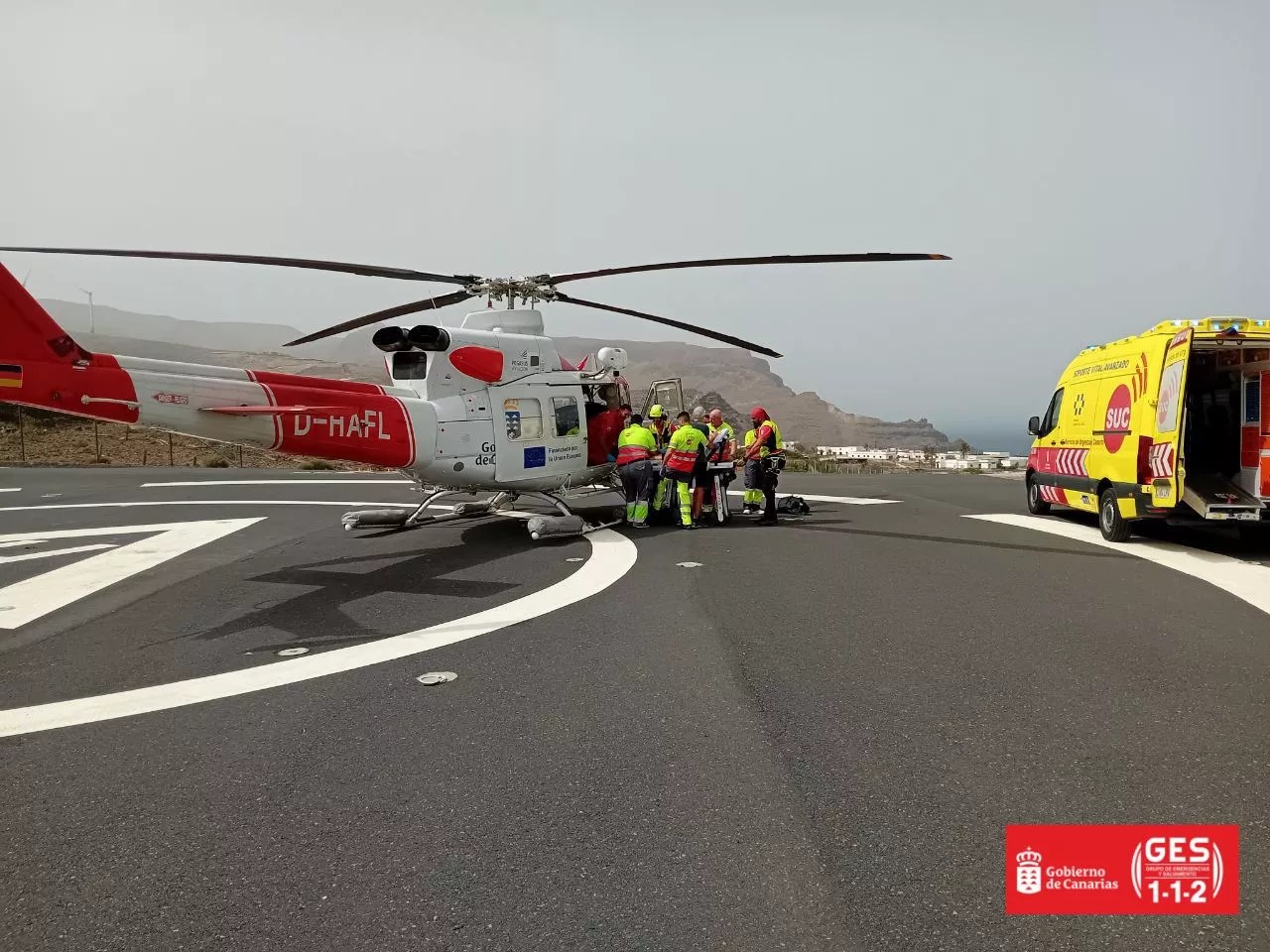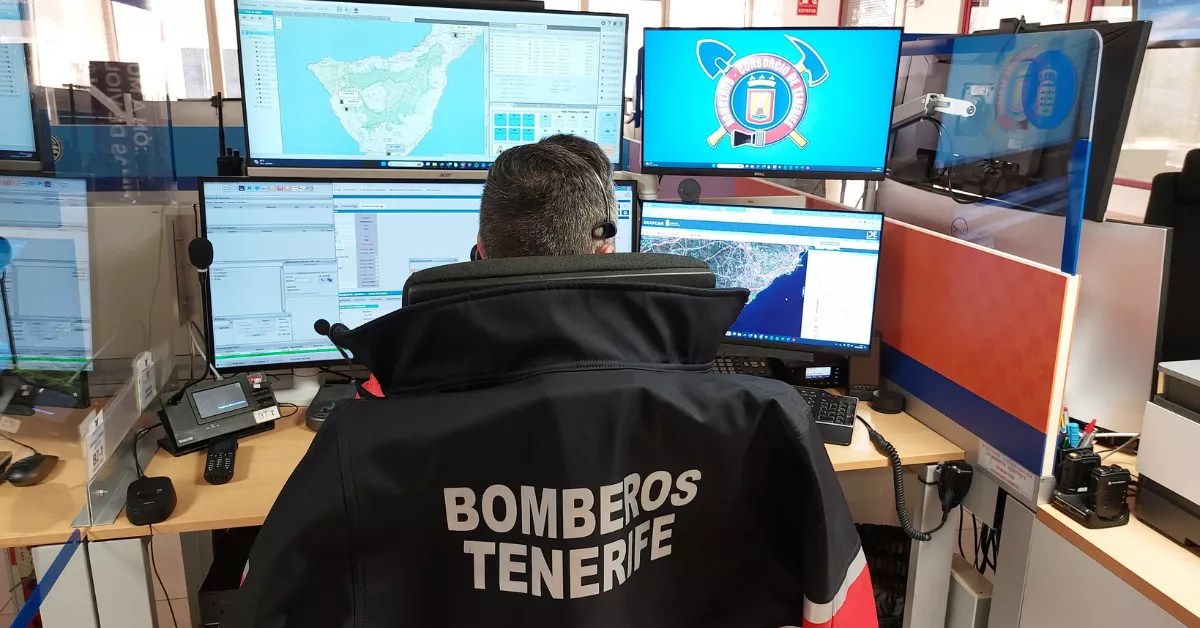
A whopping 77.7 million Euros will be invested by the Canary Islands government over various years until 2031 in a comprehensive plan to enhance educational infrastructure in the southern part of Tenerife. This initiative includes establishing ten new educational establishments.
A total of 27 measures have been outlined for this region, with plans not only to create ten new centres but also to expand an additional 17, as confirmed by the Minister of Education, Poli Suárez, during an announcement on Tuesday in Granadilla de Abona.
This endeavour is a response to the commitment made by the council in January, recognising the urgent need to cater to this area, which is facing challenges in terms of educational provision due to the substantial population growth witnessed in recent years, as highlighted in a statement by the Education department.
Over a span of just over two decades, from 2000 to 2023, the region’s population has surged from 146,081 to 317,006, amounting to a 220% increase. Municipalities such as Arona, Granadilla de Abona, Adeje and San Miguel have experienced a doubling, and in some cases tripling, of their population, all while seeing limited advancements in educational infrastructure.
The solitary new educational facility established during this period in the area is the IES Montaña de Guaza, which essentially did not result in an increase in the number of available school spots but rather entailed the relocation of the previous IES Guaza.
This rise in population primarily stems from the influx of young families with school-aged children (the average age in the area is 42.8 years, but notably lower in municipalities like Granadilla or San Miguel, at 39.5 and 39.9 years, respectively) who are drawn to the employment opportunities within the service industry.
However, this situation starkly contrasts with the longstanding deficiency in establishing new educational facilities, a gap that has historically been addressed through the installation of modular classrooms, as described by the Education department in its statement.
Indeed, the highest concentration of educational facilities with modular classrooms in the Canary Islands is observed in this region, a reality that the regional government aims to transform through the implementation of this plan, which encompasses two categories of actions: creation of new infrastructure and expansion of existing establishments.
To facilitate this, European Union’s Feder funds, funds from the Canary Islands government, collaboration agreements with other administrative bodies and the Canary Islands’ Special Employment Plan will contribute towards an economic boost of 42 million Euros.
Overall, the investment totals 77.7 million Euros, with 8.8 million Euros having already been allocated.
Specific projects include the expansion of the Early Childhood and Primary Education Center (CEIP) Punta Larga (Candelaria) by establishing a new dining area, expanding the Compulsory Education Center (CEO) Andrés Orozco (Arafo) by constructing changing rooms in the sports zone, and enlarging the CEO Guajara (Fasnia) by adding three new classrooms.
Plans also include building a new CEO in Abades, Arico, and in Granadilla de Abona, developing a CEO (San Isidro) and an Integrated Vocational Training Center (CIFP) with the municipal acquisition of a building.
Planning is underway for the expansion of six additional facilities in Granadilla, including El Médano, Magallanes, and Los Cardones Secondary Education Institutes (IES), and Abona, Los Abrigos and Froilán Hernández CEIPs, with the latter set to receive a new dining area.
San Miguel de Abona is set to have a new IES and CEIP in Las Chafiras, while Vilaflor de Chasna will also witness the expansion of CEO Hermano Pedro with the addition of a dining facility.
Arona, on the other hand, will welcome a new CIFP in Los Cristianos, a new special education centre (CEE) with a school residence in Parque de la Reina, and expansions to Los Cristianos and Ichasagua IES, the Arona Secondary Education Institute Section (SIES), CEIP Buzanada, and the Official Language School (EOI) Los Cristianos.
Additionally, there are plans for a new CIFP and CEE in Adeje, along with a CEIP in Tijoco Bajo. Santiago del Teide is also expecting expansions at IES Serafín Pardo and CEIP José Esquivel.
All the measures outlined in this plan, which has seen contributions from other Ministry management centres and local councils, are based on identified needs by the Schooling Service and the Educational Inspection.
The Ministry of Education notes that the Canary Islands Plan for Educational Infrastructures 2018-2025 has only been 3.2% executed, with just one of the 31 proposed actions completed.
The emphasis of this new plan is on realism, with a key requirement being that proposed actions have suitable land for development.
According to technical criteria, only two municipalities currently lack any planned measures: Güímar and Guía de Isora. However, there are potential future initiatives for these areas such as a CEO in El Puertito for Güímar, and other non-center-expansion related plans for Guía de Isora, like relocating the Adult Education Centre (CEPA) to better facilities.
Poli Suárez highlights that the impacts of this comprehensive plan will extend beyond the selected facilities and municipalities, benefiting the wider region by alleviating overcapacity in nearby centres.
One notable example is the relief that improvements in special education will bring to the Adeje Special Education Centre (CEE).
Ivan González, the General Director of Educational Infrastructure and Equipment, mentions that the plan will undergo annual updates, allowing for the inclusion of additional actions until 2031.
Annually in June, an updated version of this plan will be published on the Ministry’s website, reflecting the timeline for each measure and any changes in financing.
















